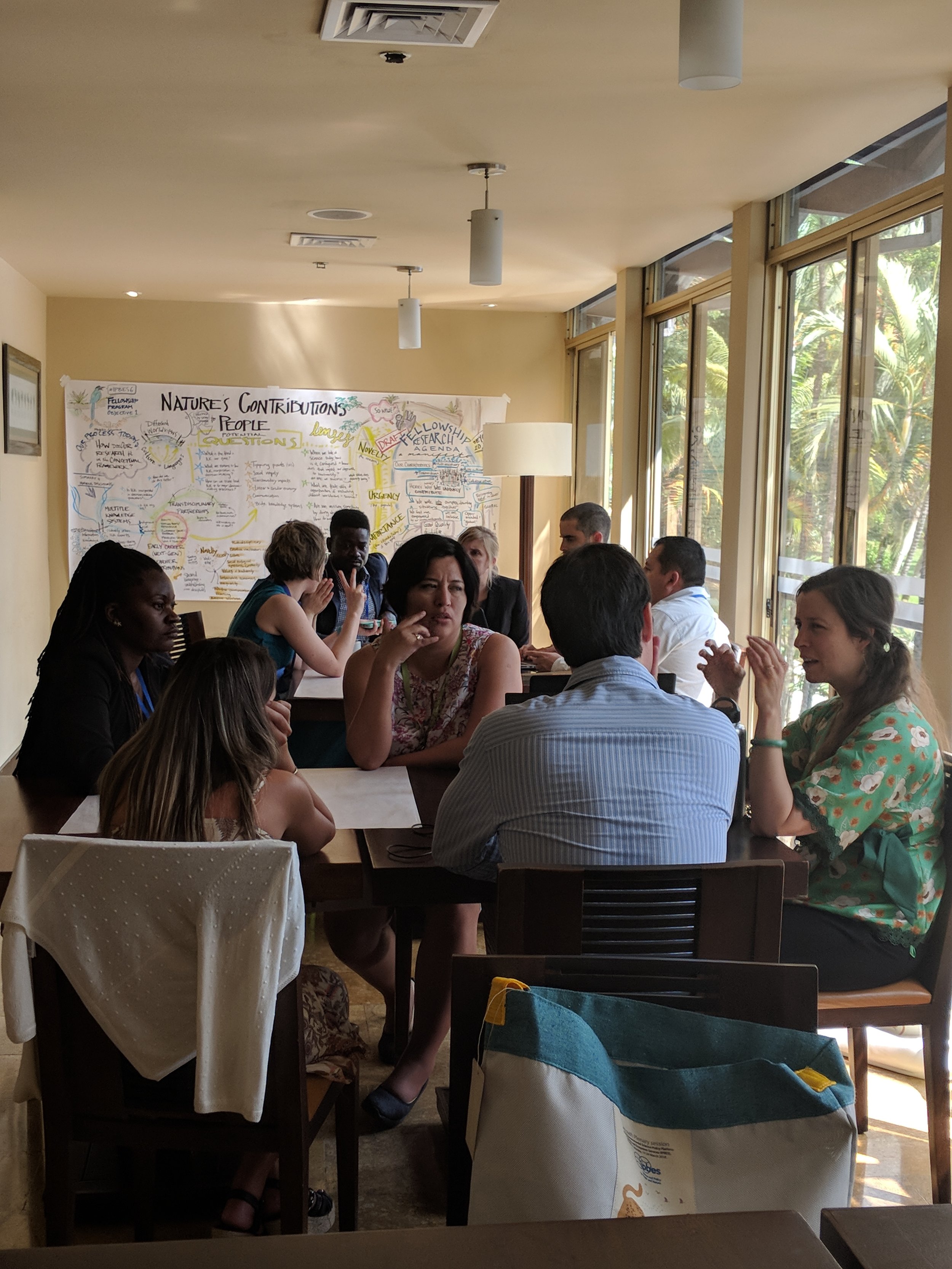You pulled it off.
The right people in the room, excellent process design, a location that stimulated creativity and collaboration, excellent food. You even had a graphic recorder visually capture the conversations for you, which captivated participants and helped them see connections and build ownership of the ideas generated. The retreat. Was. Amazing. Everyone left feeling energized, with clear direction and shared understanding about where you’re headed and why.
Now what?
Aside from a cold beverage to celebrate pulling off such a stellar event, you know that you’ve got to figure out a way to keep participants motivated and energized after the retreat. How can you make sure they don’t get distracted with the day-to-day urgency of their work, and are able to keep the clear vision and energy front-of-mind?
Lucky for you, when the retreat is over, my job isn’t. The visual charts that are created are incredibly useful during, and also after the event. That’s why I create a custom list of suggestions to use the charts after the event, tailored to each of my clients’ needs and goals.
And today I’m going to give you a sneak peek into what goes into them. A huge shout out to Lisa Arora for the framework I’m about to share.
Once again, thank you from my heart and soul for your support, great senses of humor, brilliant minds, collaboration and what you're each doing to make the world a better place.
Cheers, Karina
Want to get more ideas for how to use your charts after an event? Let’s put your visual meeting notes into action for your organization!
Cheers!
Where in the World is ConverSketch?
In the Studio: Filming videos for the National Park Service and US Forest Service about climate change and wildfire risk planning. Things are heating up around here!
Albuquerque: To graphic record for a women’s health mentorship program. Looking forward to cactus and desert vibes.









